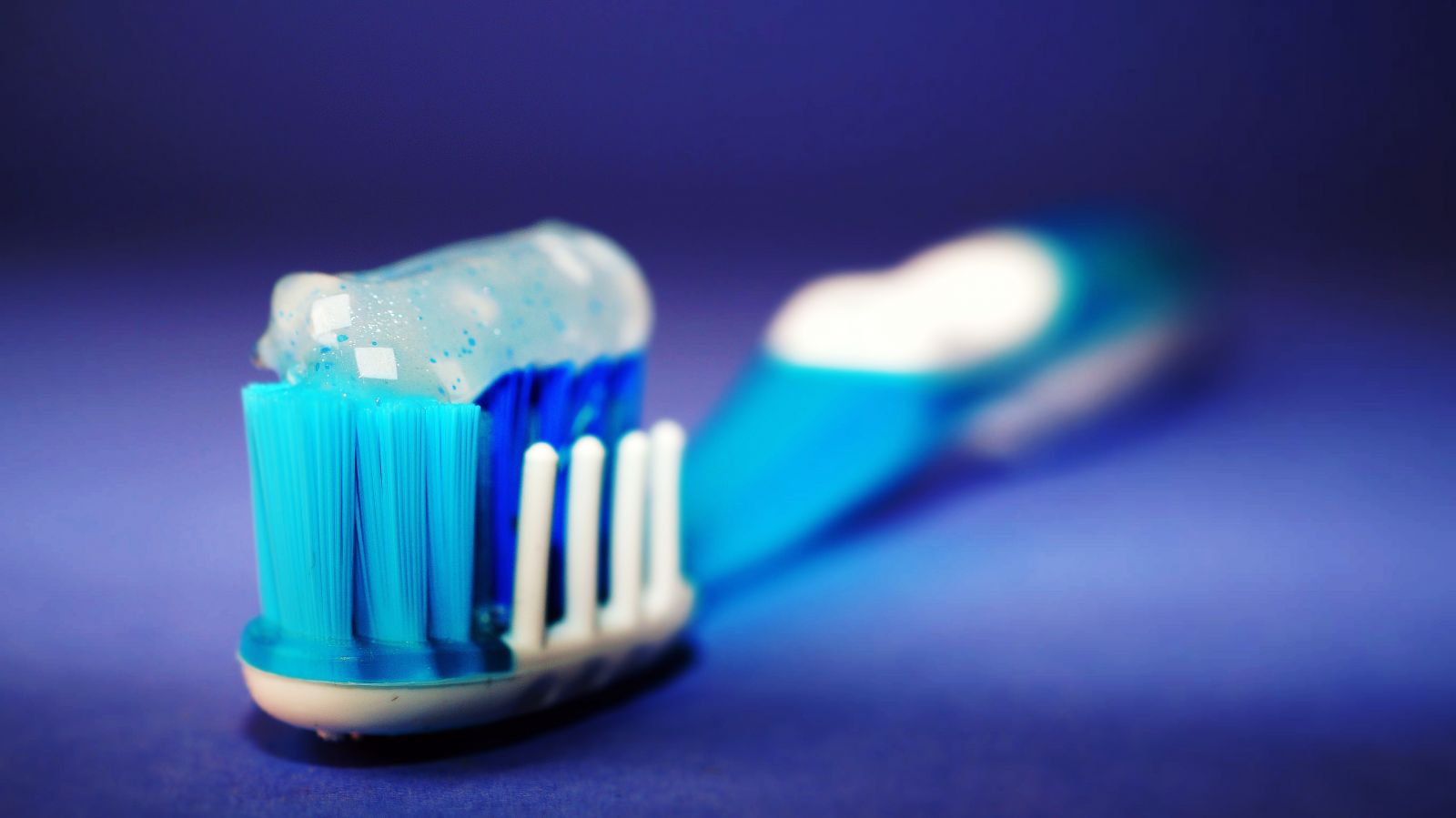Life at the moment is really strange. Things have been thrown out of balance, somethings we can't do certain things anymore. But one thing that we can all still do and it's very important, is to keep on top of our oral health. We at Persona take great pride in protecting and caring for our customers so they live their best life.
In identifying Oral Health problems we know it is important to take notice when customers' behaviours change, especially if they don’t have the capacity to articulate what's wrong.
Some things to look out for:
· Agitation
· Refusal to eat and drink
· Pulling at ears or face
· Banging head
· Drooling
· Grinding teeth
· Temperature
· Swollen and bleeding gums
· Odour coming from mouth
· Pimple/yellow spot at side of tooth which is oozing
· Swelling of the face or neck
· Loose or mobile teeth

Doing regular checks can help carers identify any problems that might be brewing. Luckily in Supported Living, Linda was able to tell her carer that she was having toothache. When the carers looked into her oral health they realised that she wasn’t using her toothbrush correctly as some areas in the mouth were not getting cleaned. There was a second issue too, one which many people can relate to… Linda didn’t like going to the dentist!
In these sorts of situations, a gradual approach worked perfectly for Linda. At first, her visits were only to talk to the dentist. After a while, general check-ups. Then once her confidence was built and fear taken away, Linda was happy to have regular scale and polishes. She even had a tooth extracted! Well done Linda!
The key to this success was the patience that the dentist had with Linda and the confidence that was built between them. She took notice when the dentist declared that her gums were unhealthy and was the cause of her pain. This understanding, coupled with the suggestion to use an oscillating electric toothbrush, toothpaste and mouthwash which would help her, Linda started to become an active and informed participant in her own care.

After help with purchasing all that the dentist recommended, Linda was well on her way to a healthy mouth. With the help of her Support Team guiding her twice daily on how to operate the brush, Linda was soon managing her own oral hygiene by herself. At the start of her journey, Linda would go to the dentist every 3 months, changing to 6, now the proof is in the toothpaste, as she now sometimes only has to go once a year. Linda has been an inspiration to her co tenant, Dorothy. She too, was having trouble using the manual toothbrush but after being helped to buy an electric toothbrush and an egg timer to help her know how long to brush for, she is happily and independently now living her life with good oral care.